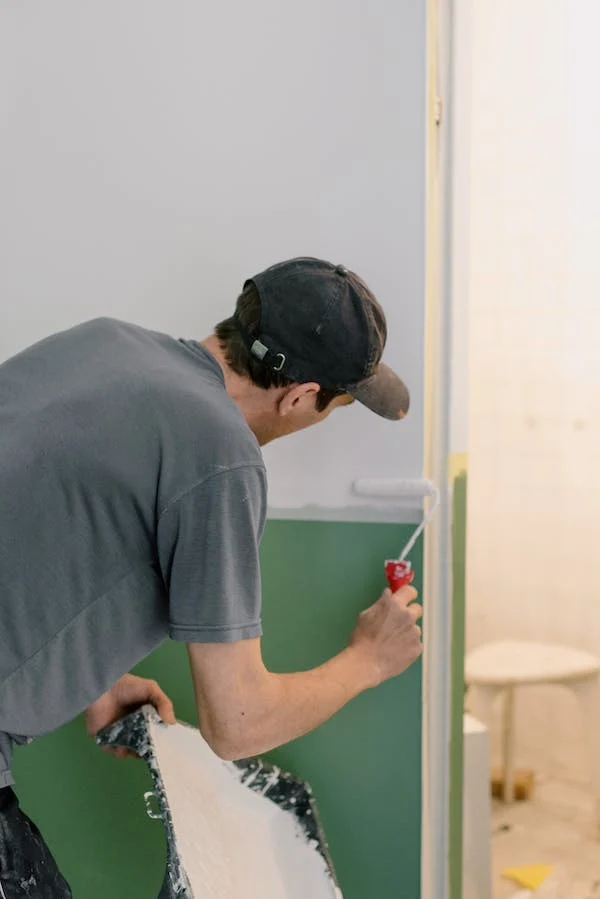Roofing repair is a crucial aspect of homeownership, ensuring that your roof remains in top condition to protect your home and family from the elements. Whether you’re dealing with minor leaks or major damage, knowing how to effectively address roofing repair issues can save you time, money, and headaches in the long run. In this comprehensive guide, we’ll explore essential tips for maintaining a healthy roof and navigating the roofing repair process with confidence.
Understanding Common Roofing Issues
Before diving into roofing repair tips, it’s essential to understand the common issues that can affect your roof’s integrity. From damaged shingles and leaks to sagging areas and structural damage, being aware of potential problems allows you to address them promptly and prevent further damage. Regular inspections can help identify issues early on, minimizing the need for extensive repairs down the line.
DIY vs. Professional Repairs
When it comes to roofing repair, homeowners often face the decision of whether to tackle the repairs themselves or hire a professional roofing contractor. While some minor repairs may be DIY-friendly, such as replacing a few missing shingles or sealing small leaks, more complex issues require the expertise and experience of a professional. Attempting to DIY major repairs can lead to further damage and safety hazards, so it’s essential to weigh the pros and cons and consult with a roofing expert when in doubt.
Preventive Maintenance Tips
Prevention is key when it comes to roofing repair, and implementing a regular maintenance routine can help extend the lifespan of your roof and minimize the need for costly repairs. Keep gutters clean to prevent water buildup and damage, trim overhanging branches to reduce the risk of debris and damage, and inspect your roof biannually for signs of wear and tear. Investing in preventive maintenance can save you time, money, and stress in the long run.
Identifying When to Repair or Replace
Determining whether to repair or replace your roof can be a daunting task, but understanding the signs can help guide your decision-making process. While minor repairs can address isolated issues, extensive damage or an aging roof may require a full replacement to ensure your home’s safety and integrity. Consult with a professional roofing contractor to assess the condition of your roof and determine the most cost-effective and practical solution for your needs.
Conclusion
Roofing repair is an essential aspect of homeownership, ensuring that your roof remains in top condition to protect your home and family. By understanding common roofing issues, knowing when to tackle repairs yourself versus hiring a professional, implementing preventive maintenance tips, and identifying when to repair or replace your roof, you can maintain a healthy roof and avoid costly repairs down the line. Remember to prioritize safety, consult with experts when needed, and address roofing issues promptly to safeguard your home’s longevity and value.
